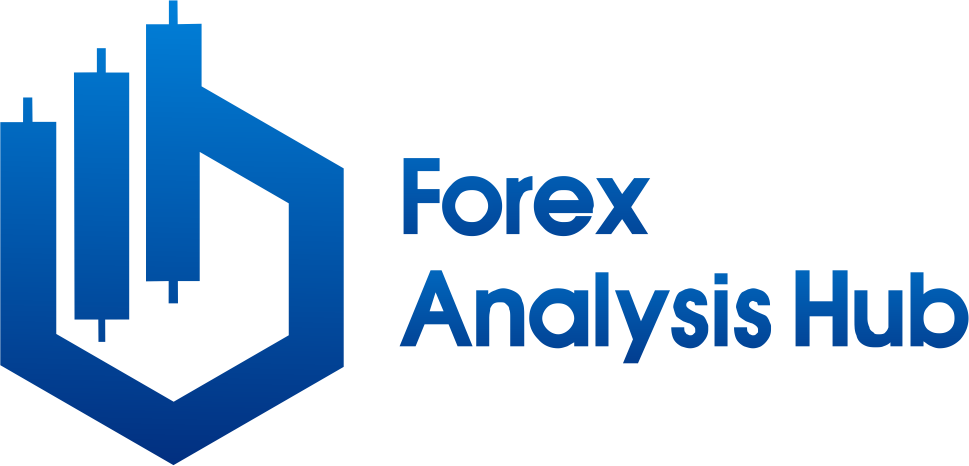
The Power of Economic Indicators in Forex Trading
Key Takeaways
- Economic indicators are critical for understanding currency fluctuations.
- The GDP acts as a nation’s economic report card.
- Interest rates serve as a weather vane for economic conditions.
- Inflation data track price changes and consumer purchasing power.
- Unemployment rates can indicate economic health and currency strength.
Table of contents
- The Power of Economic Indicators in Forex Trading
- Key Takeaways
- Understanding the Language of Forex: Key Economic Indicators
- GDP: The Economy’s Report Card
- Interest Rates: The Economy’s Weather Vane
- Inflation Data: The Economy’s Thermometer
- Unemployment Rates: The Economy’s Health Check
- Retail Sales Figures: Snapshot of Consumer Confidence
- Trade Balances: The Economy’s Scale
- Manufacturing and Service Sector Indicators: The Economy’s Pulse
- The Forex Economic Calendar: Your Personal Pundit
- Mastering Economic Indicators: Pathway to Forex Success
- Leveraging Economic Indicators for Forex Supremacy
- Taming the Forex Beast with Economic Indicators
- Frequently Asked Questions
Forex trading is fraught with uncertainty, but economic indicators offer a guiding beacon in the otherwise unpredictable seas of currency fluctuations. These pieces of data give us a pulse on the economic health and vitality of nations, acting as essential tools for informed prediction and decision-making. Today, we’ll navigate the arcane realm of these indicators, shedding light on how they shape the precarious world of forex trading.
Understanding the Language of Forex: Key Economic Indicators
Economic indicators play the role of the Rosetta Stone in translating the complex language of national economies into comprehensible data for traders. These measures include elements like GDP, employment figures, industry-specific reports, and inflation rates, all feeding into the overarching narrative of economic vitality and potential currency movements. For a more in-depth look at trading strategies, consult our comprehensive guide to Forex trading in Japan.
GDP: The Economy’s Report Card
Imagine if an economy could get a report card. That’s essentially what the GDP is – a comprehensive measure of a nation’s economic activity, indicating economic expansion or contraction. By keeping track of a nation’s GDP, traders can make informed decisions about currency buying or selling.
Interest Rates: The Economy’s Weather Vane
Interest rates act as an economic weather vane, influencing investment attractiveness and currency values. When central banks alter these rates, it triggers a ripple effect that reaches even the farthest shores of forex, making them key indicators to monitor.
Inflation Data: The Economy’s Thermometer
Inflation data act as the economy’s thermometer, measuring how prices fluctuate over time. Two major ways to track inflation are the CPI and PPI, allowing traders to stay cool even amidst heated economic trends.
Unemployment Rates: The Economy’s Health Check
Unemployment rates provide a window into the soul of a nation’s economy. Low unemployment rates can signal a bullish economy and currency appreciation, while high unemployment may indicate economic downturns and currency depreciation.
Retail Sales Figures: Snapshot of Consumer Confidence
If consumer confidence had a mirror, it would reflect retail sales data. High retail sales are indicative of economic health and fervent consumer spending, often leading to currency appreciation. On the flip side, low retail sales forecasts economic slowdown and currency depreciation.
Trade Balances: The Economy’s Scale
Trade balances reveal the delicate equilibrium that exists between nations, measuring the difference between a country’s exports and imports. Trade surpluses may indicate currency appreciation, while trade deficits might tip the scales towards currency depreciation.
Manufacturing and Service Sector Indicators: The Economy’s Pulse
PMI provides a unique pulse on the manufacturing and service sectors, offering a glimpse into potential directional shifts on the economic horizon. Reliable PMI values can lead to currency appreciation, while declining PMI indices might signal a market downturn.
The Forex Economic Calendar: Your Personal Pundit
A forex economic calendar is an invaluable tool for the diligent trader, providing key insights on upcoming data releases, meetings and other potential market influencers. This personalized pundit keeps traders in the know, allowing them to anticipate and prepare for currency fluctuations.
Mastering Economic Indicators: Pathway to Forex Success
Proper analysis and understanding of economic indicators can lead to greater forex trading success. It’s about looking at the bigger picture, connecting dots between varying data sets, and adapting strategies according to unfolding market narratives.
Leveraging Economic Indicators for Forex Supremacy
Effectively leveraging key economic indicators is the trader’s secret weapon, endowing them with predictive power and strategic advantage. Whether you’re dealing with GDP, interest rates, inflation data or unemployment rates, these invaluable analytics shed light on the path to forex supremacy.
Taming the Forex Beast with Economic Indicators
In finality, decoding economic indicators is like training a wild beast – difficult, but not impossible. And when tamed, these indicators become powerful aids, helping us understand and navigate the capricious world of forex. So, strap on your learning caps and get ready for a deep dive into the world of economic indicators in forex! And if you’re interested in exploring how Islamic finance principles come into play in forex, make sure you read our guide.
Frequently Asked Questions
1. What are economic indicators?
Economic indicators are statistical data that provide insight into the economic performance and health of a nation.
2. Why are economic indicators important in forex trading?
They help traders make informed decisions based on economic trends that can affect currency values.
3. How often are economic indicators released?
The release frequency varies—some monthly, quarterly, or annually—depending on the indicator.
4. Can economic indicators guarantee profitable trades?
No, they cannot guarantee success but can greatly enhance the decision-making process.
5. Where can I find economic indicators?
Economic indicators can be found through financial news websites, central bank publications, and forex economic calendars.










